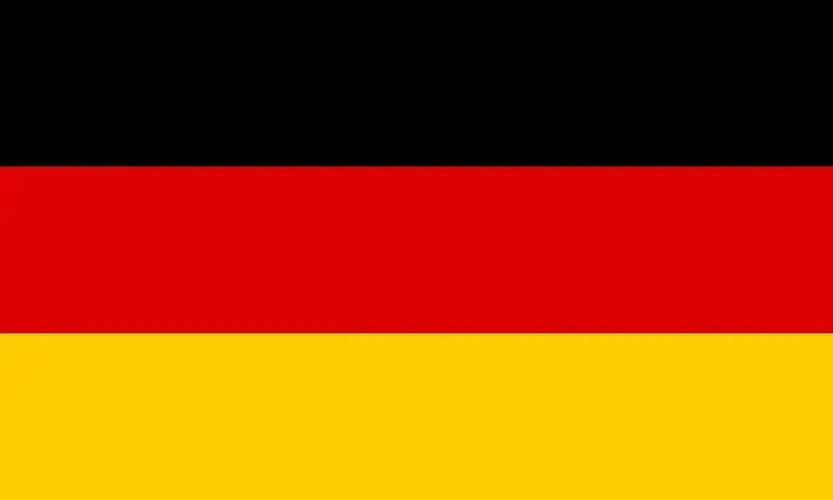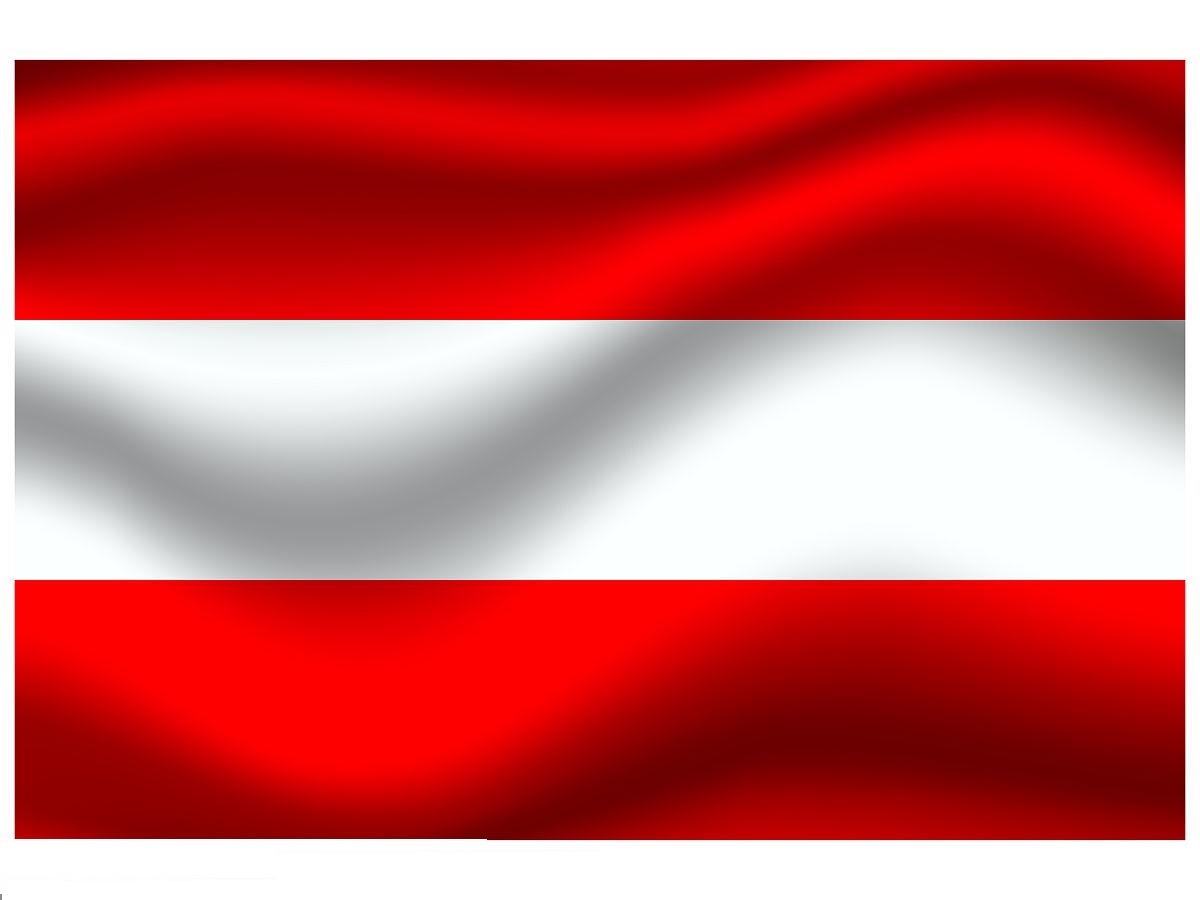Overview of Germany

The Federal Republic of Germany, located in central Europe, has rich historical and geographical features.
Germany is located in central Europe, bordering Poland and the Czech Republic to the east, Austria and Switzerland to the south, the Netherlands, Belgium, Luxembourg, and France to the west, Denmark to the north, and the North Sea and the Baltic Sea. Germany is one of the countries with the largest number of neighboring countries in Europe. Its terrain gradually flattens from south to north, with the Bavarian Plateau and Alps in the south, east-west mountains in the middle, and glacial plains in the north. The highest peak in Germany is the Zugspitze Peak, with an elevation of 2963 meters. Germany has diverse climate types, with a maritime climate in the northwest and a gradual transition to a continental climate in the east and south.
The administrative divisions of Germany are divided into three levels: federal, state, and municipality, with a total of 16 states and 10786 municipalities. The capital of Germany is Berlin, the official language is German, and the currency is the Euro. The population of Germany is approximately 84.7 million, with the main ethnic group being Germans, as well as a small number of Danes and Sobs, and the rest being immigrants. Germany has a developed economy and is one of the largest economies in Europe, with a GDP of 3.86 trillion euros in 2022.
Germany is one of the most economically powerful countries in Europe, with a total economy of $4.45 trillion, ranking fourth globally. Germany is a highly developed industrial country with the largest economy in Europe, mainly driven by export-oriented economy, and exports have a significant impact on the German economy.
The economic structure of Germany is dominated by heavy industry, with sectors such as automobile and machinery manufacturing, chemical engineering, and electrical engineering being the pillar industries, accounting for over 40% of the total industrial output value. In addition, the food, textile and clothing, steel processing, mining, precision instruments, optics, and aerospace industries are also very developed. Small and medium-sized enterprises in Germany are the backbone of industry, with a high level of specialization and technological expertise. Half or more of the products from the main industrial sectors are sold abroad.
Germany's natural resources are relatively scarce. Apart from abundant reserves of hard coal, lignite, and salt, other mineral resources such as iron ore and oil are relatively scarce and mostly rely on imports. The forest coverage area in Germany is 11.1 million hectares, accounting for about one-third of the country's total area, and the water resources are relatively abundant, but the per capita resources are relatively low.
Germany's transportation network is well connected, with a well-developed highway system, railway network, and air transportation. The total length of highways is 830000 kilometers, the total length of railways is 38600 kilometers, and there are 36 international airports. Frankfurt Airport and Munich Airport are among the busiest airports in the world.


